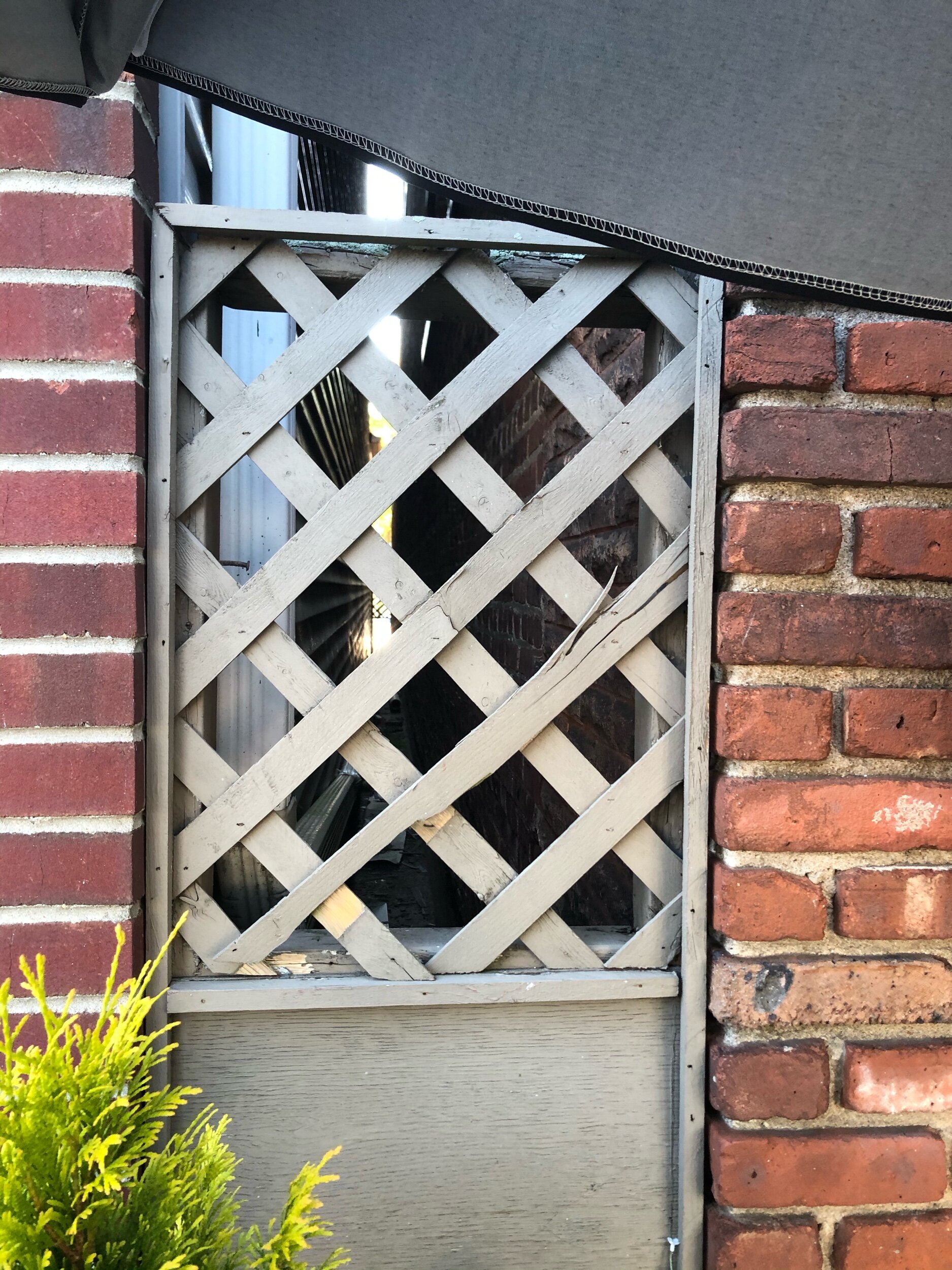Exposure Protection: The In’s & Out’s
A well trained group of firefighters with a solid foundation of a good coordinated fire attack is critical to the success of fireground operations. Plan and simple. Understanding fire attack as well as fire behavior in particular structures also provides a good understanding of exposure protection. Many firefighters if not all firefighters heard of or know the acronym RECEO VS (Rescue, Exposure, Confine, Extinguish, Overhaul, Ventilate, Salvage) which is a critical thinking tool to assist with our tactical decision making based on the situation at hand. This article will talk about the "E" in RECEO VS - exposure. Something that is oftentimes overlooked.
One third of our fireground responsibilities is property conservation. If we remember, L.I.P. (life safety, incident stabilization and property conservation). This stands true for interior or exterior exposures. Thorough size ups and a well performed search and location of fire will assist our needs of potential exposures and a way for firefighters to get ahead of the fire. One thing we always want to do, is get ahead of the fire before it gets ahead of us.
A way to get ahead and hopefully stay ahead of the fire is to establish exposure lines in order to protect fire spread through the means of a secondary line(s). By doing so, we are allowing ourselves to stay ahead of any rapid fire progress and putting ourselves in a position to contain the fires forward progress. Fire can and will advance itself in any and all directions based through various ways.
Direct flame contact
Radiant heat
Convection
Embers
Heat contained in smoke.
If we can understand where the fire is going, taking into consideration it's speed, type of structure and location to name a few, we can better position ourselves in front of the fire's flow path and cut off any potential exposure problem.
Interior exposure considerations
The BOX we are working on (4 walls, 1 ceiling, 1 floor). Heat travels up which makes the floor above the fire one of the most critical areas to protect. Don’t forget to check the floors below. Fire can drop floors just as easily as it can travel up floors.
Mushroom Effect. Top floors of a structure have a tendency to collect heat, smoke and products of combustion with nowhere to go. A calculated vent will help with reducing this effect.
Common cockloft. A hose line, a few pike poles and a TIC can help alleviate fire spread.
Interior design. Based on how the structure is designed can determine how fire will spread. Open floor plans present a great opportunity for fire spread since there is nothing to impede heat to travel and fire to spread. Open floor plans are common in both residential and commercial dwellings. Keep a look out for renovations as well.
Exterior exposure considerations
Structures on the sides of the fire building.
Structures in front of the fire building
Structures to the rear of the building
Note: exposure problems around the exterior of the fire building could be at risk of absorbing radiant heat, therefore hoselines on the exterior should direct their streams to the structures themselves to help reduce the amount of heat they are absorbing and not spray water in the opening between the structures. By spraying water between structures will still allow radiant heat to be absorbed by the exposed structures.
A group of well trained firefighters in well trained hose deployment techniques allows us to get ahead of the fire before it gets ahead of us.
Until next time; work hard, stay safe & live inspired.













